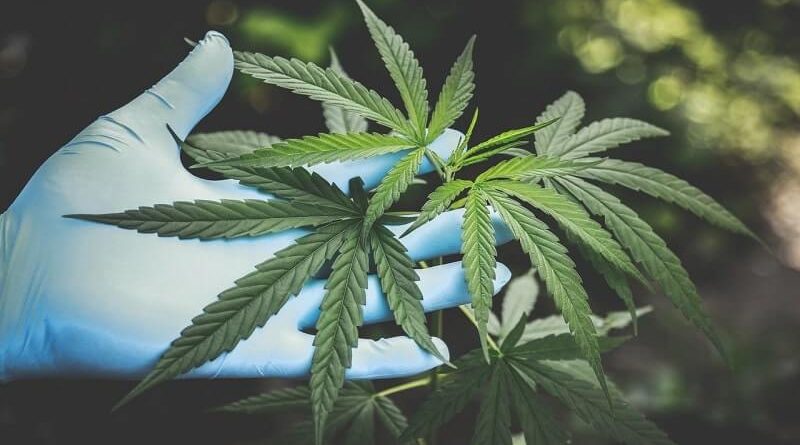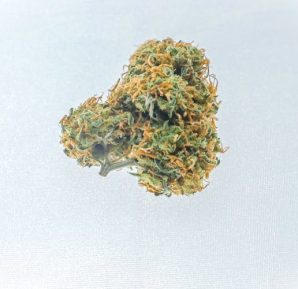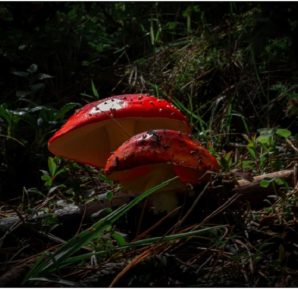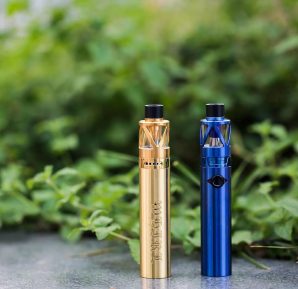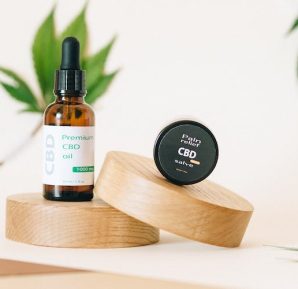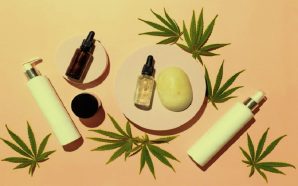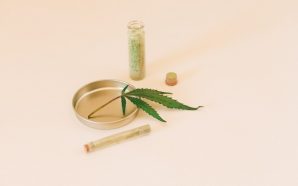CBD is a phytochemical compound produced by plants that, in the last decade, has taken the world of medicine and wellness by storm. CBD comes from the cannabis plant, more commonly called Hemp in the Italian territory.
What is the CBD for?
CBD is part of cannabinoids and interacts with the endocannabinoid system of the body, a network of receptor nerves shared by the majority of living beings.
CBD is a powerful anti-inflammatory and helps relieve pain. It has also been applied to combat anxiety, depression, rheumatoid arthritis, stress and dozens of other problems that people face on a daily basis.
In which part of the Hemp the CBD is extracted
Hemp has been used for its seeds, fiber and medicinal substances for millennia. CBD occurs in relatively large quantities in the stems, seeds, and flowers of the hemp plant.
CBD belongs to the cannabinoid family, chemicals that interact with the endocannabinoid system. They are produced in small quantities from some species of black truffle and echinacea, but mainly from cannabis.
Cannabinoids are thought to be responsible for protecting hemp plants from harmful UV rays. The resin found in cannabinoids, terpenes, and flavonoids have a strong taste and this also helps to keep insects away.
CBD extraction methods
There are countless products made with the CBD inside: gummy bears, infused water, pills, vaporizing oil, tinctures and more. Despite this, there are still only three main ways to extract CBD from the hemp plant: extraction with alcohol, oil, and supercritical CO2.
Alcohol
This type of extraction involves the maceration of the inflorescences of the hemp in a solution with high alcohol content or pure alcohol. The mixture is heated and the entire spectrum of cannabinoids is released into the liquid. This method is cheap and relatively simple.
Oil
Oil extraction works in a similar way to alcohol extraction. CBD- rich parts of the hemp are completely immersed in the liquid, this time an edible oil. The oil can be olive, coconut, or other types. Once again, like alcohol extraction, the oil extracts a full spectrum of compounds including cannabinoids, is easy to make and inexpensive.
Supercritical CO2
In more recent years, a small number of companies have perfected the art of supercritical extraction of CO2 from the CBD. CO2 stands for carbon dioxide, a common gas in the atmosphere. The CO2 is very cold and therefore used to dissolve the CBD particles from the plant material. This method is expensive and complicated but allows these producers to extract 99% pure CBD.
Hielscher ultrasonic extractors are the state of the art regarding the reliable and efficient extraction of hemp and CBD oils. Ultrasonication is known as a very powerful extraction technique to free up valuable compounds from plants. Compared to other extraction methods such as supercritical CO2 extraction, the ultrasound technique exceeds efficiency, simplicity of operation and versatility of use.
Ultrasonic extraction
Ultrasonic extraction is well known and a long-term consolidated process for extracting valuable compounds from botanical products. Therefore, sonification is the ideal technique for producing high-quality CBD oils. Through the ultrasonic cavitation that can be precisely controlled, the plant cells are perforated and the solvent is pushed into the cell, where it absorbs intracellular compounds such as cannabinoids, terpenes, flavonoids, etc.
A great advantage of ultrasound is the temperature range, in which it is possible to perform the extraction. Ultrasonic extraction can be performed from hot/hot ethanol to cryogenic ethanol (-70 ° C). This allows the targeted isolation of the desired compounds. The sonication in cryogenic ethanol produces mainly cannabinoids and terpenes, while a hot/hot ethanol extraction results in the wide variety of phytochemical compounds (for example aldehydes, esters, ethyl, ketones). Full-spectrum extracts contain a multitude of cannabinoids, terpenes, and other phytochemicals. Based on the entourage effect, phytochemicals (for example cannabinoids) have synergistic effects and therefore work better together with other botanical chemicals.
This means that a CBD oil containing CBD plus other cannabinoids, terpenes and phytochemicals will have a significantly higher therapeutic impact than a CBD oil containing only CBD. However, the extraction of chlorophyll is avoided because it gives the extract an unpleasant taste.
Step by step Ultrasonic extraction
Ultrasonic extraction can be easily performed in continuous flow mode or in batch mode – depending on the volume of the process. The extraction process is very rapid and produces a high quantity of active compounds. Filtration Filter the liquid-plant mixture through a paper filter or a filter bag to remove the solid parts of the plant from the liquid.
Evaporation
For the separation of CBD oil from the solvent, a rotor-evaporator is commonly used. The solvent, such as ethanol, can be recaptured and reused. Nano-Emulsion: With sonication, purified CBD oil can be transformed into a stable nanoemulsion, which offers superb bioavailability. Download detailed step-by-step instructions here!
Higher extraction rate Hielscher ultrasonic extractors can be precisely tuned to optimal extraction conditions – extracting the maximum quantity and quality from the raw material (cannabis leaves, buds, stems, etc.). The intensity of ultrasound is crucial when it comes to extracting botanical compounds such as high-quality CBD oil from cannabis.




